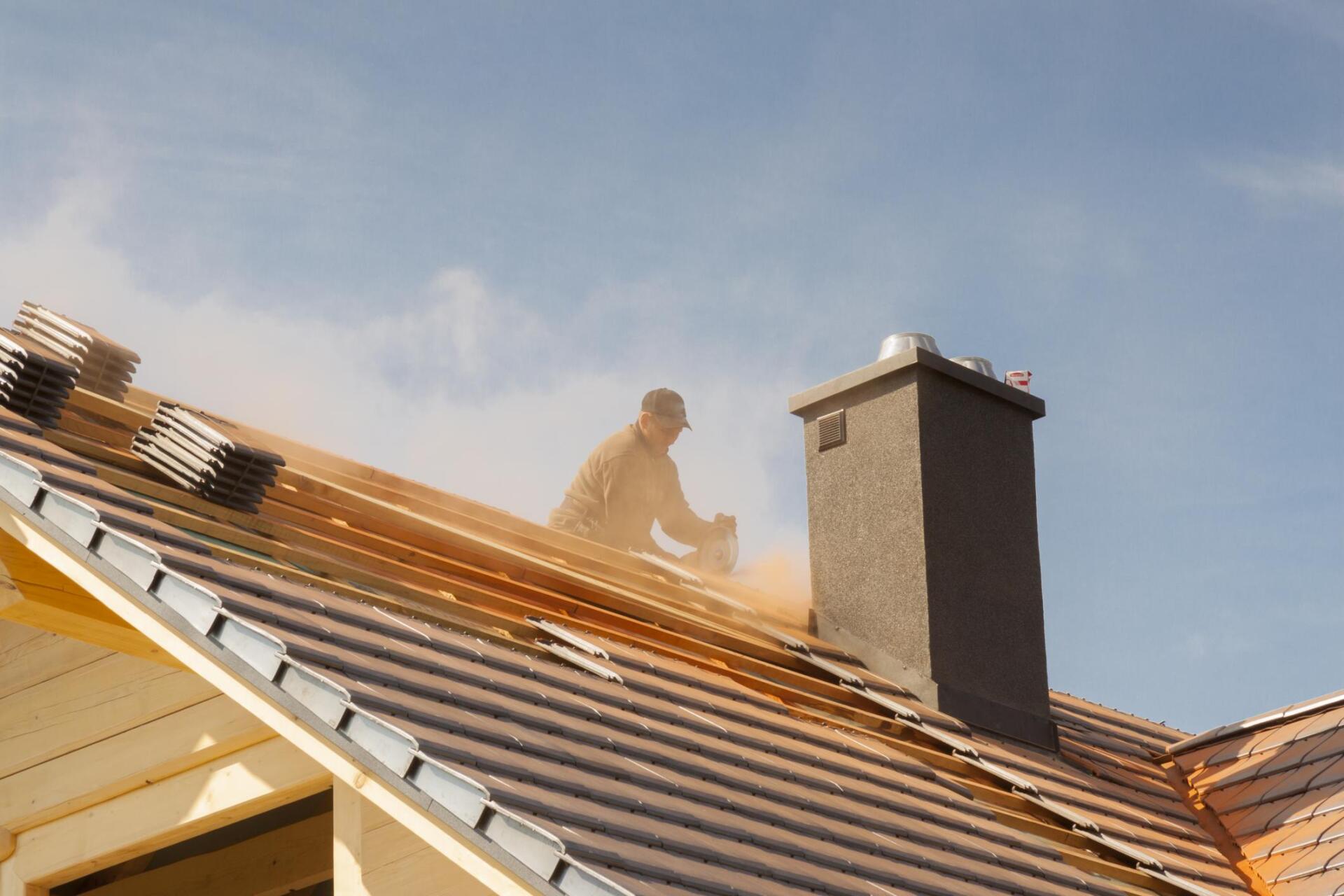NEW CONSTRUCTION RESIDENTIAL ROOFING
Dallas Area Roofing experts understand that when our customers are considering any new residential roofing construction, it can become overwhelming. Our team of experts is here to assist and guide you to make sure you have all the knowledge and facts before making any decisions on your new roof. Some of the main fundamentals for understanding the residential roofing system include focus points like Roof structure, roof sheeting, flashing, roof ventilation, and coverage and roof drainage.
Roof Structure
The roof structure is the roof's framework. Either it is made of rafters, trusses, or beams and defines the form of the roof, depending on the structure of your home. In Dallas and surrounding areas, the majority of residential roofs are constructed of wood. The structure of a roof is determined by the layout of a residence and the final roof covering. A residence with concrete tiles, for example, differs from one with asphalt shingles in that the roof structure must support the added weight. One of the most important factors to consider when thinking about any new residential roof construction is that your roof’s structure will ultimately determine the roof's slope.
Roof Sheeting and Roof Flashing
The roof sheathing is visible while driving past a home under construction and seeing naked sheets of flat material on top of the house. It is fastened directly to the roofing structure and sits on top of it. Oriented strand board, better known as OSB, is the most commonly utilized material since it is light, inexpensive, and easy to work with. Plywood is also utilized, although primarily for roofs that will support a greater amount of weight. Every roof in an ideal world would have a slight slope with no impediments. Unfortunately, it does not always work that way. Roofs include joints as well as structures such as chimneys and ventilation. The roof around these areas is protected by flashing. Flashing helps keep water out. The majority of flashing is a narrow strip of metal. It's used to deflect water and allow it to drain off the roof.
Roof Ventilation
Your roof ventilation system is really important. It extends the life of the roof, decreases energy expenses, and lowers internal temperatures when done correctly. Roof vents are generally divided into two categories: exhaust vents and intake vents. Many roof vents are hidden beneath the roof covering, so they are not visible to the public. When properly planned and installed, the ventilation system allows hot air to escape while cool air enters.
Roof Coverage and Drainage
Your roof covering is the top layer of the roofing system. Because of the low cost, fire resistance, ease of installation, and longevity, asphalt shingles are the most preferred roof covering in Dallas. Other options in Roof coverings include materials like wood shingles, clay, slate, concrete tiles, metal, PVC, or Spray Foam. Roof drainage is all about efficiently shedding water off the roof. It's all about channeling run-off into the correct regions of the roof in residential roofing, preventing water puddles from gathering and ultimately causing damage to your roof.
Keller, TX Roofing Experts



